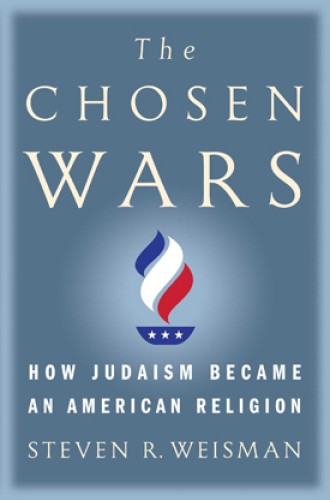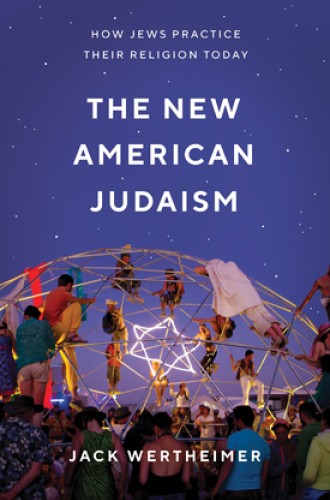Two glimpses into Judaism in America
Steven Weisman looks at the development of the Reform movement. Jack Wertheimer focuses on the present and future.
Who are American Jews? Journalist Steven R. Weisman and professor Jack Wertheimer answer that perennial question from two distinct angles. With very little overlap, their books provide insight into the civic, social, and sacred energies that have influenced and continue to influence American Judaism and individuals who identify as Jews.
Weisman is a former New York Times editor who now works at the Peterson Institute for International Economics. Though his title, The Chosen Wars, is intentionally and inventively provocative, the book does not deal with religious questions about the meaning of chosenness. Instead, Weisman offers a breezy history of Jewish settlement in America from the colonial period through the Civil War and the great immigration period of the late 19th and early 20th centuries, with a short epilogue focusing on recent decades.
Wertheimer, who teaches Jewish history at Jewish Theological Seminary, focuses on the evolution of Jewish religious practice in America while concentrating on current developments. His subtitle, How Jews Practice Their Religion Today, reveals his aim: to explore the lived religion of ordinary American Jews.






